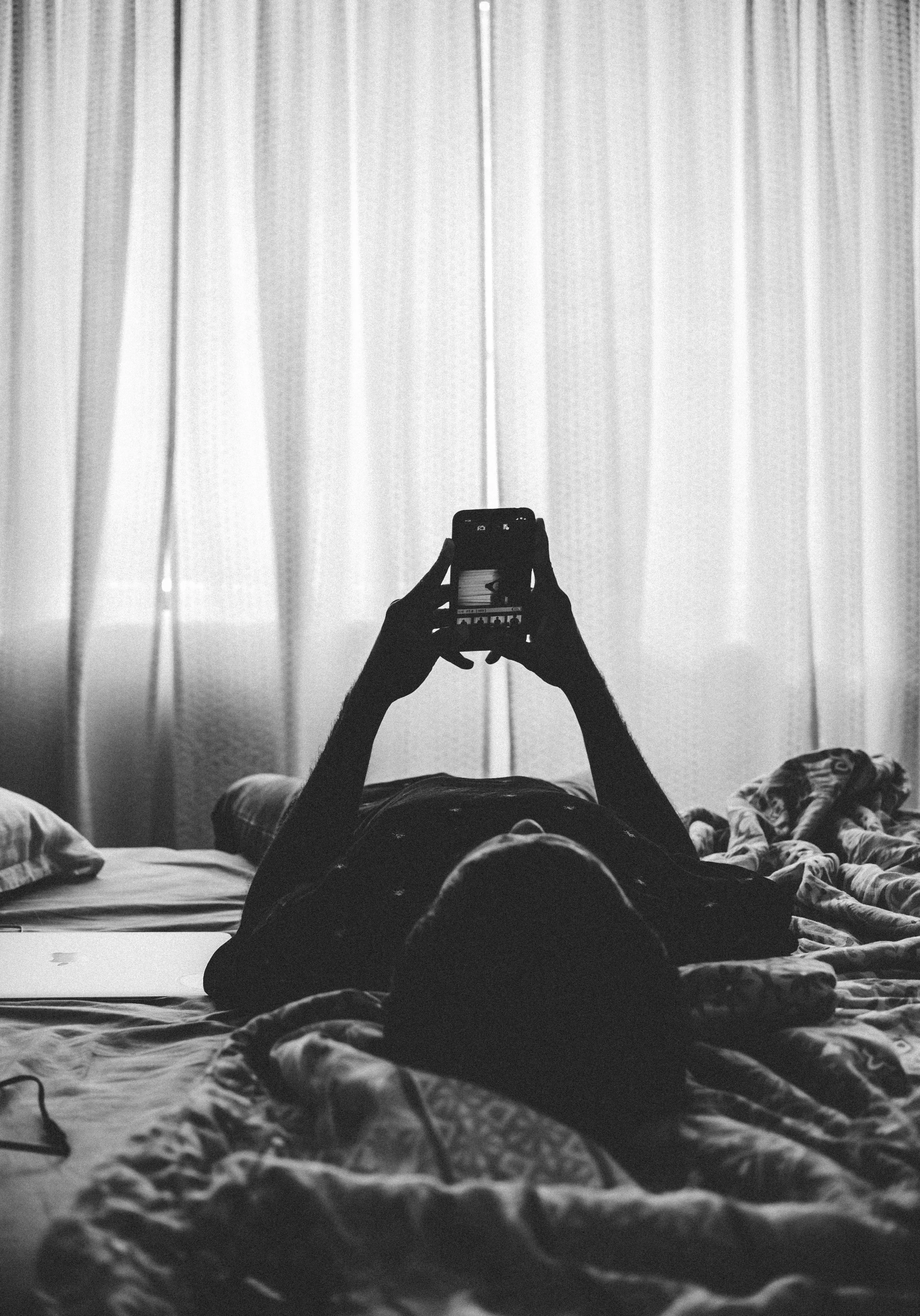What does The Loneliness Epidemic mean for workplaces in the 21st century?
Photo by Matthew Henry on Unsplash
My M.A.G.I.C Framework explores the factors that make us feel that work is not working. If we are going to understand what is happening in this space we need to understand the Loneliness Epidemic that is sweeping the world.
What does loneliness mean in the 21st century? Dr Michelle H Lim MAPS, Scientific Chair of the Australian Coalition to End Loneliness identifies it as the next public health epidemic of the 21st century. So how is it that being lonely can impact our health so significantly? The research in this area is compelling and is also a call to anybody interested in health and well-being in the workplace to sit up and pay attention to the Loneliness Epidemic.
This week we read in The Atlantic Robert Waldinger’s and Marc Schulz’s article “What the longest study in Human Happiness found is the key to a good life” The simple conclusion is — good relationships lead to health and happiness. The trick is relationships must be nurtured. Unfortunately, we are not tracking well at the moment in this area and the impact is widespread and certainly impacting workplace health and well-being.
The 2018 Australian Loneliness Report revealed that one in four Australians reported feeling lonely each week. Of course, this is not just an Australian problem but a global one. Loneliness affects almost half of adult Americans, with MDLinx, a news service for physicians, reporting: “The (loneliness) epidemic in America now affects up to 47% of adults — double the number affected a few decades ago.”
There is evidence to suggest that loneliness is associated with a 26 per cent increased likelihood of mortality. Research from 2015 by Julianne Holt-Lunstad, Smith, Baker, Harris, & Stephenson, shows that loneliness increases our risk of experiencing poorer health outcomes from decreased immunity, increased inflammatory response, elevated blood pressure, decreases in cognitive health, and faster progression of Alzheimer’s disease. It is no surprise that higher levels of loneliness are also related to more severe mental health symptoms. While loneliness is most commonly examined in terms of depression, anxiety has been found to also play a role, with evidence from large population studies indicating that anxiety increases the odds of feeling lonely (Meltzer et al., 2013).
In his brilliant book Lost Connections Johann Hari recounts research from John Cacioppa, Director of the Center for Cognitive and Social Neuroscience at the University of Chicago, that shows how feeling lonely can cause cortisol levels to soar—as much as the most disturbing or traumatic events a person may experience. Now imagine an office full of people feeling silently traumatized by loneliness. If, as Cacioppa’s research shows, becoming acutely lonely can be as stressful as experiencing a physical attack, they may be operating in either flight, fright or freeze. We’ve probably all seen this play out at work; maybe somebody lashes out at another team member, another person is frozen and unable to take the initiative, or another simply avoids getting involved all together. All signs pointing to the Loneliness Epidemic, as it is as if our instinct for connection has atrophied.
When we see the broad impact of loneliness on our health, it becomes obvious that it is also a missing piece in the puzzle of why work isn’t working.
Photo by Ahmed Nishaath on Unsplash
It seems obvious therefore that work, a place where people come together — even if it is virtually —provides an opportunity to address the Loneliness Epidemic and its impact on our health and well-being. We will explore this more in the coming weeks. This starts with being able to bring yourself; your “I” to work when we can be ourselves at work and feel that we have to be some corporate clones we then have a chance to connect with others. Building these types of connections into our workplaces will help work to work again.
How do you “see” your colleagues at work? If this is an alien concept, maybe you could ask, what are the workplace practices that can be put in place to help us see each other? It might seem daunting, but as with most things creating a culture where people feel seen begins with taking one or two small steps in a different direction.
Perhaps you could start right at the beginning. At the interview it might mean asking a prospective employee how we would know if they were stressed—and if we saw these signs, asking what would be the best thing we could do to support them. From here you could develop a self-care action plan, consisting of routines to support individual employees during difficult times.
By putting this in place at the hiring stage, we are saying to the individual in question: “we want to see you—even when you’re not perhaps at your ‘shiniest’”. What a powerful message this would be to people starting with your organisation. They would start knowing there is real interest and this is what supports connection not some words on a poster on the wall; action is what people want to see/feel.
If your workplace is genuinely interested in the health and well-being of its workforce then considering how you connect is a must.



